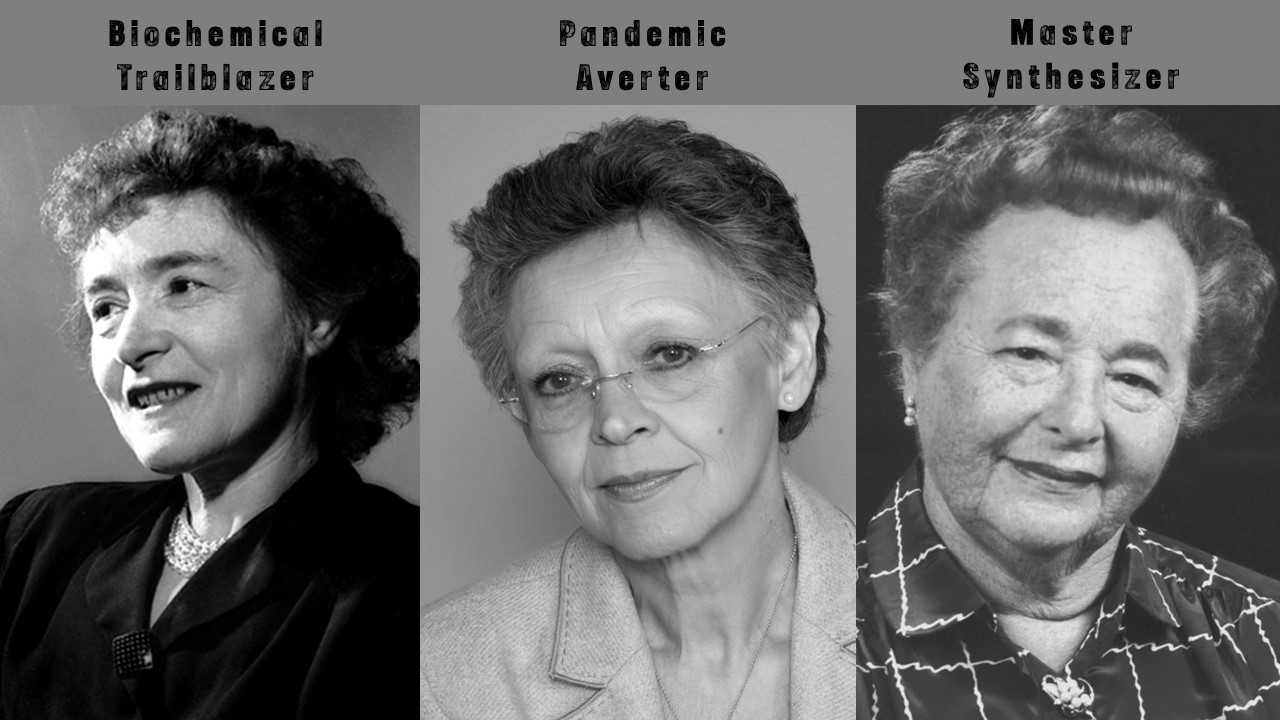
This week in pharmaceutical investments, Novo Nordisk forges ahead in the rare disease boom by acquiring Prothena, demonstrating its eagerness to expand its current pipeline from diabetes and cardiovascular disease. The impact of this could increase competition for ATTR amyloidosis drugs. Elsewhere, Biogen expands its MS pipeline in a £125m deal with China-based InnoCare in a move to support its position in the market with rights to Orelabrutinib, a drug showing significant potential with delivery across the blood-brain barrier.
Biogen scores £125m deal with InnoCare to build MS pipeline
In a multi-million pound deal, Biogen has entered a licence and collaboration with China’s InnoCare for the multiple sclerosis (MS) drug Orelabrutinib. Under terms of the agreement, the deal grants Biogen the license to share the rights of the drug developed by InnoCare, who will also be eligible for tiered royalties.
Orelabrutinib is currently in phase 2 clinical trials, and is a desirable candidate for Biogen due to its high selectivity for targets and ability to cross the blood-brain barrier – both of which are significant challenges in the field of CNS diseases. Exclusive rights to the drug will set Biogen in a strong position in the market for MS treatment, especially as other therapies like Roche’s Ocrevus (ocrelizumab) have left patients vulnerable to infections and a number of other side effects.
As an increasing number of pharma companies expand their pipeline to cover neurological diseases, the market for MS therapies is becoming increasingly competitive due to the lack of effective treatment. Hence why Biogen, a neuro-focused pharma company, seeks to take advantage of the potential that Orelabrutinib has already shown in preclinical and early clinical studies so far.
This agreement is more important than ever for Biogen, who’s current MS portfolio is under pressure due to facing patent losses on drugs like Tysabri and Tecfidera.
Novo Nordisk partner with prothena to expand rare disease unit with $1.2bn acquisition
Diabetes market leader Novo Nordisk is paying $100 million for the rights to antibody drug PRX004 in an agreement with Dublin-based Prothena. The drug is currently heading for phase 2 clinical trials for cardiomyopathy (associated with ATTR amyloidosis), an often fatal disease affecting the cardiac and nervous system.
The deal, estimated to be worth up to $1.2 million, is a strategic move from Novo Nordisk to expand its rare disease R&D. In addition to the drug, Novo Nordisk gains full global rights to the “intellectual property and related rights of Prothena’s ATTR amyloidosis business and pipeline” according to a press release by Prothena.
While the acquisition will see the pharma diversifying its disease portfolio, Novo Nordisk have no doubt been weighing up the potential revenue for developing a drug for ATTR cardiomyopathy. Pfizer’s drug Vyndaqel/Vyndamax for example, has become one of Pfizer’s fastest-growing franchises. In 2020 alone, the drugs generated $1.3 billion, up from $473 million the prior year.
The agreement may also see Novo into competition with pharma company Alnylam, who won approval for Onapattro in hereditary ATTR amyloidosis. The difference between Onapattro and PRX004, is that the antibody drug (PRX004) has the potential to offer a novel treatment option for ATTR cardiomyopathy via an “innovative amyloid-depleting mechanism”. This particular mechanism could be more effective therapeutically in comparison with other drugs on the market, giving Novo Nordisk a key advantage.
Merck forms strategic partnership with Innervia for bioelectronic developments
The recent partnership formed between Merck and Innervia Bioelectric aims to allow Merck to utilise unique technology to develop digital personalised treatment for patients suffering from severe and chronic diseases including inflammatory disorders. In a press release by Merck, Chief Science and Technology Officer Laura Maltz stated that Merck aims to “…accelerate developments in the emerging field of bioelectronics by boosting the novel modality of selective neurostimulation”.
The development of bioelectronic therapies for chronic disease has been a significant trend for biotech companies over the last decade or so, as pharmacological intervention is often poorly targeted or introduces a number of adverse effects. The concept is based on the fact that the entire body is controlled by a system of complex networks and pathways that could be a potential target for treating diseases via electrical stimulation.
The collaboration between Merck and Innervia will be used to build upon Innervia’s graphene electrodes, which could be used to develop a new generation of nerve therapies. Energy efficiency is an important consideration for this technology, which has previously been a challenge for power supply. However graphene has demonstrated the potential to offer “ideal material characteristics for significantly decreasing power consumption while maintaining stimulation efficacy” according to the Merck press release.
Hence, this agreement may be a strategic move by Merck to take advantage of Innervia’s graphene technology in developing bioelectric devices that could one day, become the market leader for certain diseases. This is Merck’s second collaboration with a biotech focus, recently forming an agreement with B Braun subsidiary Neuroloop.
Industry watches $315 million launch of gene editing company Prime Medicine
Freshly launched gene-editing company Prime Medicine shows potential to offer some innovative techniques and insights into preclinical genomics with a prime editing approach in its platform.
According to a recent article, the financing comprised a “$115 million Series A round and a $200 million Series B round that ended approximately nine months after the company began operations”. While only starting up, the company expects to employ more than 100 employees full-time by the end of 2021.
The pioneering platform was developed by David Liu, Andrew Anzalone, and their colleagues in October 2019, and works like a processing unit to detect and replace pathological mutations within the genome with great precision. The versatility makes the technology a desirable candidate for therapeutic applications, having demonstrated the potential to address “more than 90 percent of known disease-causing mutations”.
This potentially transformative technology will be developed further using the funding received by the company in order to advance the platform towards clinical indications and further understand its capabilities. In a recent publication, Prime Medicine CEO Keith Gottesdiener emphasised how “Prime Editing is a transformative technology that we believe will make a significant impact by addressing the fundamental causes of genetic disease”.
Charlotte Di Salvo, Lead Medical Writer
PharmaFeatures
Subscribe
to get our
LATEST NEWS
Related Posts

Leadership, Trends & Investments
Aravax Continues International Expansion with Appointment of Aled Williams as Chief Business Officer
Aravax announces the appointment of Alex Williams as Chief Business Officer.

Leadership, Trends & Investments
The Immigrant, The Career-Undecided, and The Supermarket Supervisor-turned-Scientist
Learn more about the 1947, 1988, and 2008 Physiology or Medicine Female Nobel Laureates.













